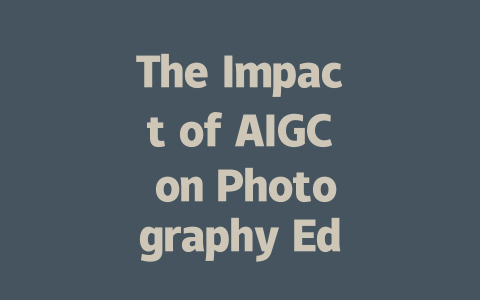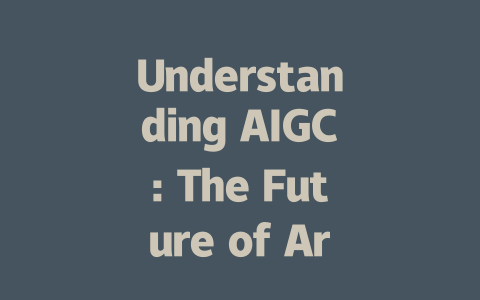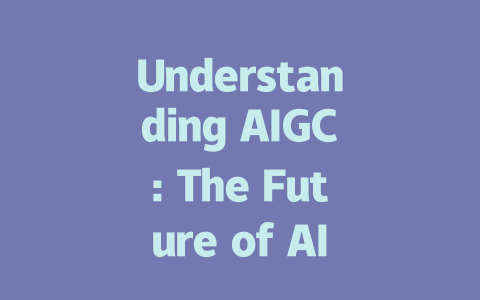
The integration of Artificial Intelligence Generated Content (AIGC) into photography education has sparked a significant transformation in how students learn the art of photography. As technology advances, the boundaries between traditional photography and automated image creation blur, leading to new opportunities and challenges for both educators and artists. This article explores the implications of AIGC on photography education and its broader impact on artistic expression.
Redefining Photography Education
AIGC has redefined the structure and delivery of photography education. Many institutions are beginning to incorporate AI tools into their curricula, making it easier for students to experiment with various artistic styles and techniques without the constraints of conventional methods. From enabling instant feedback on compositions to offering algorithm-driven editing suggestions, AIGC assists learners in developing their skills more rapidly.
Additionally, online platforms powered by AI algorithms create personalized learning experiences, allowing students to explore specific topics or styles that appeal to their individual interests. This adaptability enriches the educational landscape, making photography instruction more inclusive and accessible.
Enhancing Creativity Through Collaboration
One of the most exciting aspects of AIGC is its ability to enhance creativity through collaboration between human artists and AI systems. Photographers can now leverage AI tools to generate unique styles or mashups of different artistic influences, resulting in new forms of creative expression. This collaborative approach encourages experimentation and innovation, pushing the boundaries of what is considered traditional photography.
Moreover, AIGC can serve as a springboard for creative ideas. Students can use AI-generated images as inspiration, prompting them to explore themes and techniques they might not have considered otherwise. The fusion of human intuition and AI precision fosters an environment ripe for artistic exploration.
Ethical Considerations and Challenges
While AIGC offers numerous benefits, it also raises important ethical questions and challenges. For instance, the use of AI-generated images can create concerns regarding originality and authorship. As AI systems generate content autonomously, determining who holds the rights to the creations becomes increasingly complex. Photography educators must address these issues and encourage students to think critically about the implications of using AI in their work.
Furthermore, there exists the risk of over-reliance on technology, potentially stunting the development of fundamental skills such as composition, lighting, and understanding of subject matter. To counteract this, educators should emphasize the importance of a solid foundation in traditional photography techniques while simultaneously integrating AIGC tools into their teaching.
The Future of AIGC in Photography
The future of AIGC in photography is promising, with emerging technologies continuously evolving and expanding the possibilities for artistic expression. As AI becomes more sophisticated, photographers will likely benefit from increasingly refined tools that enhance their creative processes.
Moreover, as photography education adapts to these changes, more interdisciplinary approaches may emerge, combining photography with computer science, design, and other fields. This could lead to a new generation of artists who are not only skilled photographers but also knowledgeable in tech-driven methodologies.
Conclusion
The impact of AIGC on photography education and artistic expression is profound and multifaceted. By redefining educational frameworks, enhancing creative collaboration, and provoking essential ethical discussions, AIGC is ushering in a new era of photography. As educators navigate this rapidly evolving landscape, they have the unique opportunity to guide students in harnessing AI technology to explore and expand their artistic practices. Embracing AIGC may ultimately lead to innovative artistic possibilities that enrich the photography field for years to come.












暂无评论内容